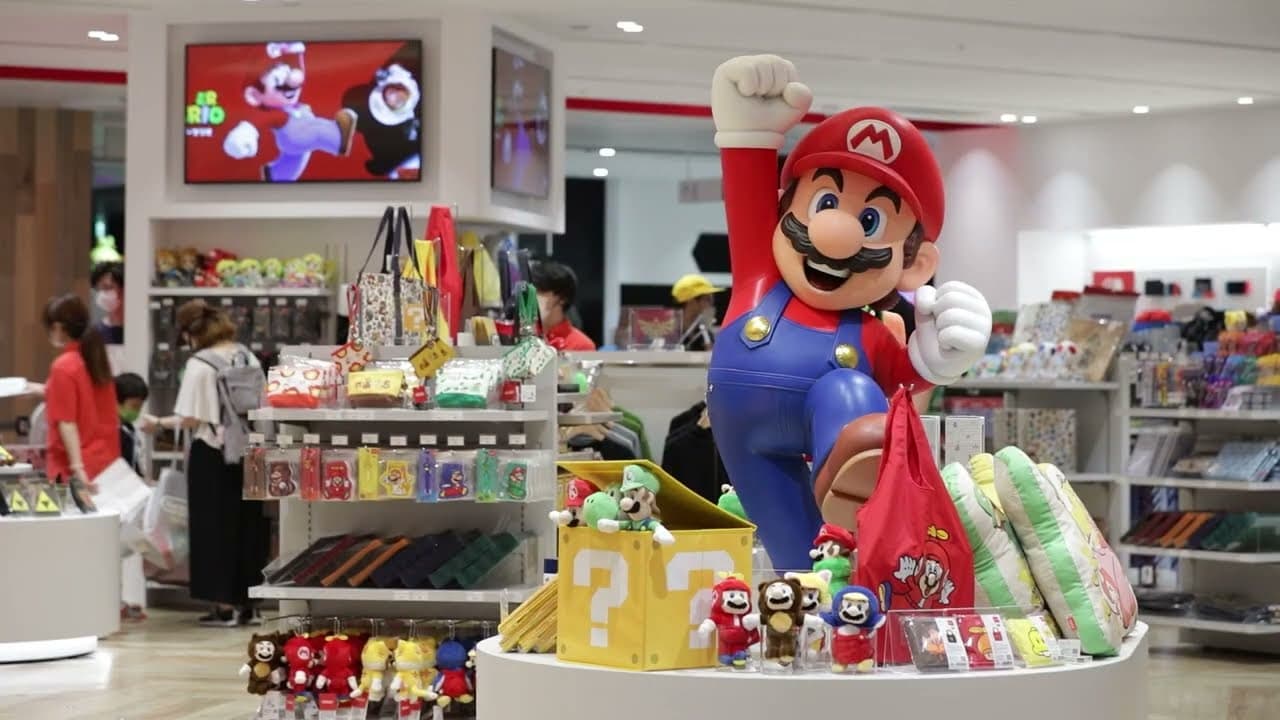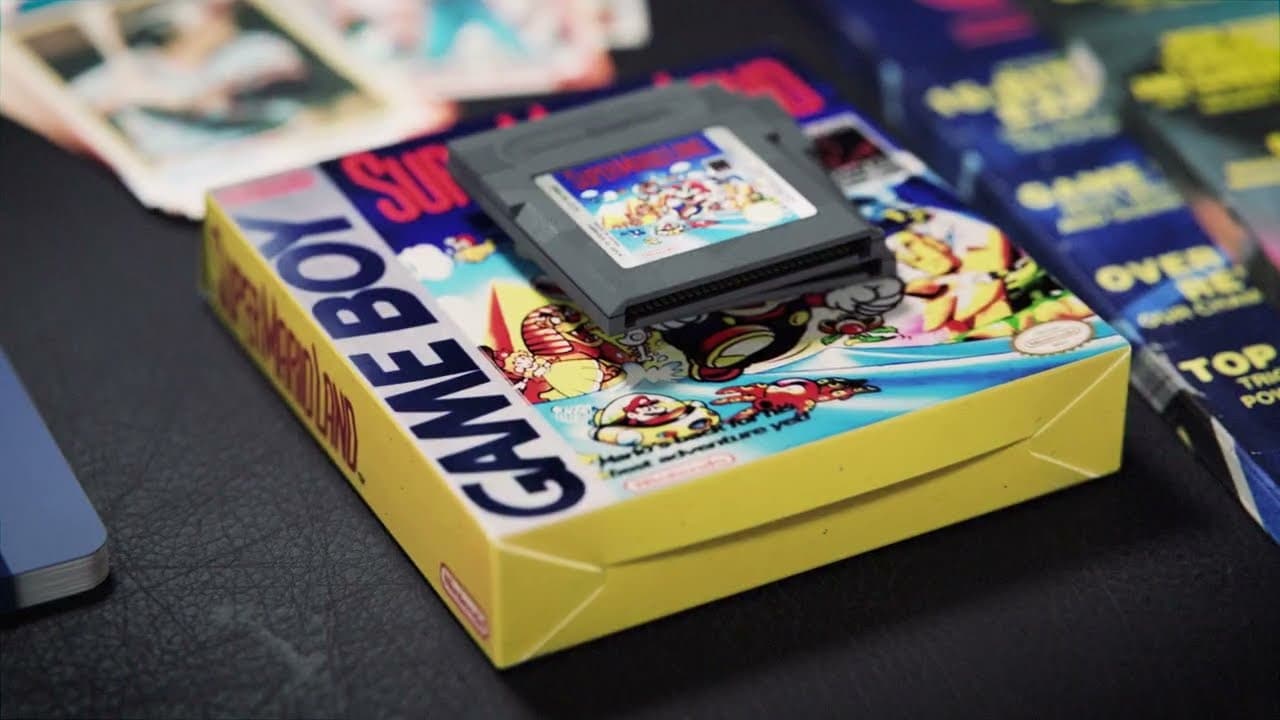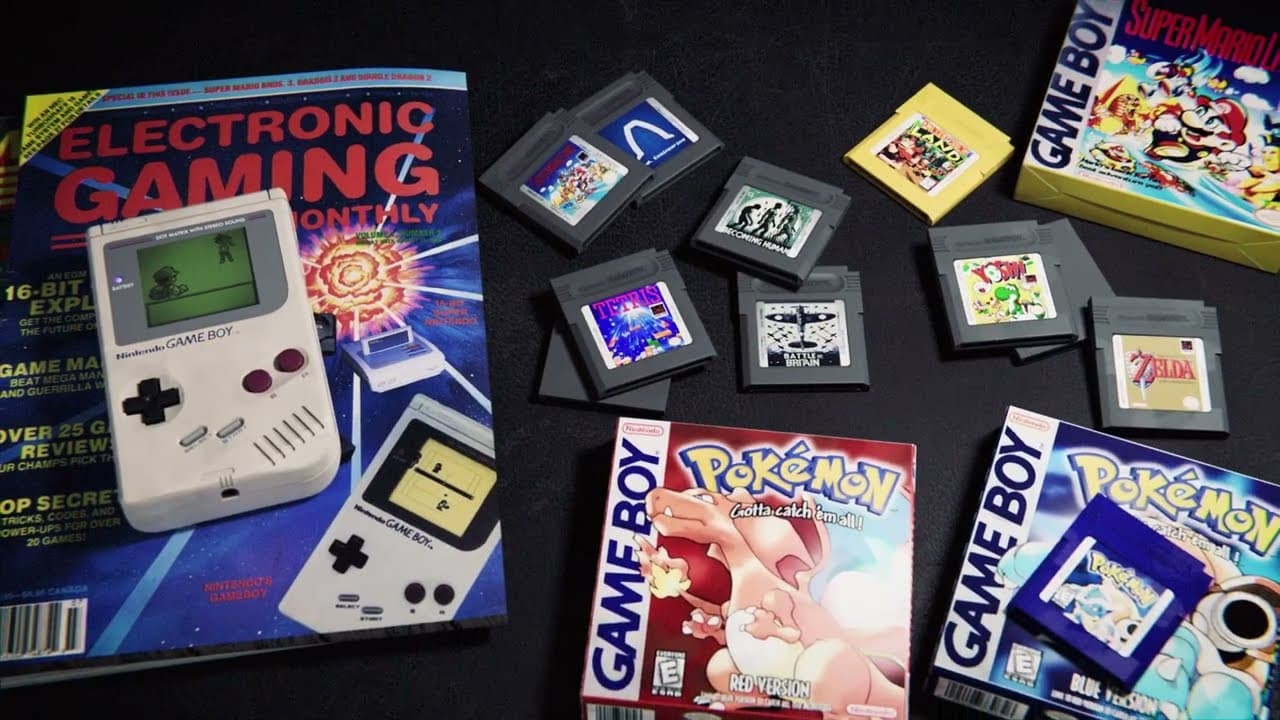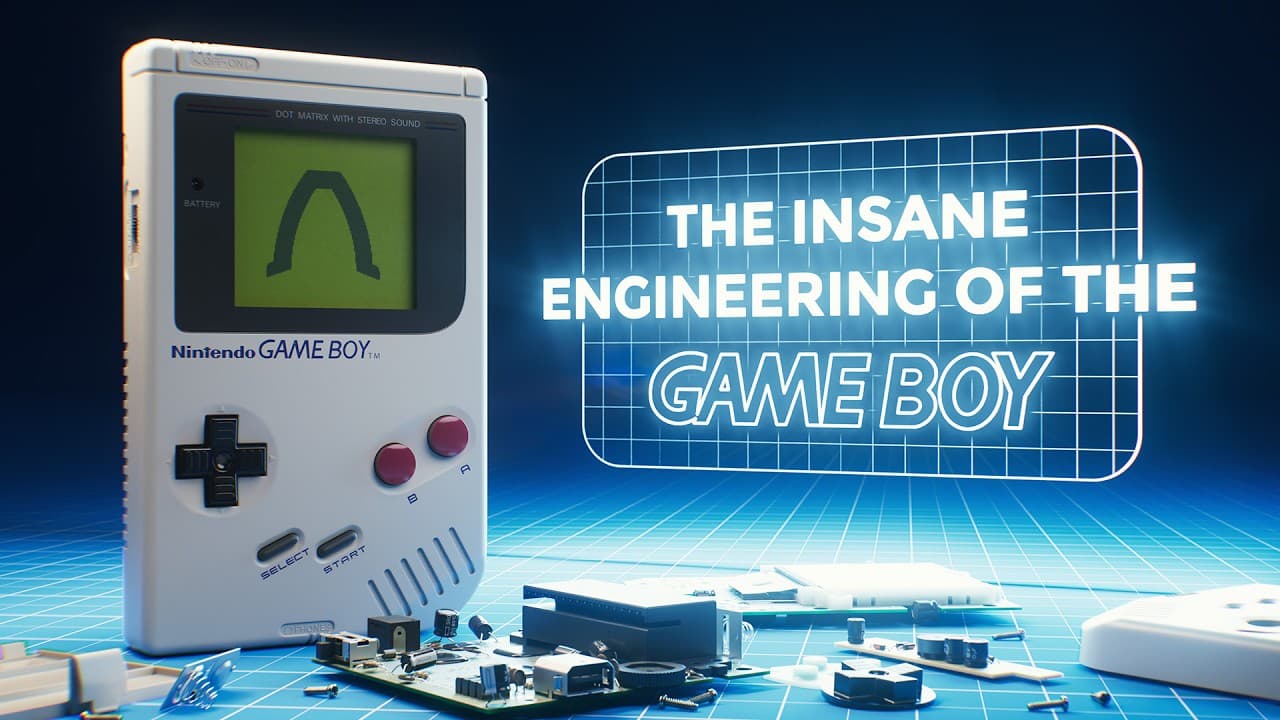Discovering the Nintendo Gameboy's Engineering Triumphs
I still remember the excitement of holding my first Gameboy in 1989, a device that seemed simple but revolutionized gaming despite its flaws. Little did I know that its clever compromises would lead to iconic games and enduring cultural impact, making it a story of ingenuity overcoming limitations.
TL;DR
I discovered the Gameboy's launch in 1989 as a budget portable system, facing mixed reviews for its basic features that ultimately made it accessible to everyone.
Engineers cleverly minimized battery use and size, outlasting competitors like the Sega Game Gear to deliver longer playtime at a lower cost, sparking my own childhood adventures.
A breakthrough in screen technology fixed blurry displays, enabling sharp monochrome graphics that hinted at the console's potential for timeless games and franchises.
Creative memory techniques like tiles and banking allowed complex games on limited hardware, building suspense around how simple designs created vast worlds like Pokemon.
Nintendo's focus on affordability and user experience set the stage for future innovations, leaving me wondering how this ethos shaped gaming's evolution.
When the Gameboy launched in 1989, I was captivated by its promise as a portable gaming system, even though it received mixed reviews for being technologically inferior. It was designed to be cheap and low-powered, with no backlight and minimal memory, features that critics saw as drawbacks but I later realized were key to its success. These compromises made it affordable for the masses, allowing engineers to create games that have lasted for decades and spawned massive franchises like Mario and Pokemon.

The Gameboy drew inspiration from its predecessor, the NES, with a familiar controller setup that felt intuitive right away. I appreciated how Nintendo prioritized size and weight, making it half as bulky as competitors, weighing just 220 grams and fitting easily into a pocket. This focus on portability shaped my experiences, from playing in cars to parks, embodying an ethos of user-friendly design that Nintendo still upholds today.
One major challenge was battery life, as alkaline batteries were bulky and expensive back then. I recall spending my pocket money on them, frustrated by how quickly other systems like the Sega Game Gear drained six AA batteries in just three hours. The Gameboy, however, used only four and lasted up to 30 hours, saving space and money while enhancing my gaming sessions without constant interruptions.
This efficiency stemmed from using a low-power monochrome screen, which drew just 0.7 watts compared to the Game Gear's power-hungry color display. Initially, the screen's poor contrast and lack of backlight almost doomed the project, as early prototypes suffered from blurry images due to voltage issues in the passive matrix. Engineers solved this by adopting Supertwisted Nematics technology from SHARP, which provided sharper transitions and four shades of green through rapid pixel pulsing—a technique that made games like Tetris visually engaging even in dim light.

With only 64 kilobytes of memory, programming games required ingenuity, as I learned when thinking about classics like Super Mario Land. The system used tiles, which are 8x8 pixel squares, to build backgrounds efficiently rather than addressing each pixel individually. For instance, the CPU assembled a 32x32 tile grid and applied a viewing box for smooth scrolling, allowing movable elements like characters—called sprites—to interact dynamically.
This tile-based approach meant that for a game like Super Mario Land 2, larger characters were made from multiple sprites that could be flipped or rotated. During rendering, the Gameboy performed a line scan, pausing mid-frame to adjust the view for animations, which created the illusion of movement in games like Link's Awakening. It was fascinating how such limitations led to creative solutions, like the boot-up logo check that unintentionally sparked the global tradition of blowing on cartridges to fix connections.

Audio was equally streamlined, with just one speaker and four channels: two for square waves, one for white noise, and one for custom waveforms from the cartridge. I can still hum the Pokemon theme, composed by sending specific frequencies and timings to these channels, which added a nostalgic layer to the experience. For larger games like Pokemon Red and Blue, memory banking divided data into banks, allowing access to over 373 kilobytes by switching dynamically as I explored different areas.
Nintendo's decision to keep the Gameboy affordable at $89 made it my gateway to gaming, far cheaper than its rivals and easier to maintain. This player-first approach defined the company, influencing later successes like the Wii and Switch, which brought gaming to new audiences through innovative, accessible designs.
Reflecting on the Gameboy, I see how its simplicity fostered creativity and joy, contrasting with today's complex devices that prioritize connectivity over pure play. Its legacy reminds me that thoughtful engineering can create enduring experiences that resonate across generations, shaping how we think about technology today.
Key Takeaways
The Gameboy's design focused on portability and affordability, using minimal power to outpace competitors and appeal to everyday users.
Innovations in screen technology, like Supertwisted Nematics, improved visibility and efficiency, enabling sharp graphics despite constraints.
Memory management through tiles and banking allowed complex games on limited hardware, demonstrating clever problem-solving.
Nintendo's emphasis on user experience created lasting cultural impact, influencing future consoles and broadening gaming's reach.

